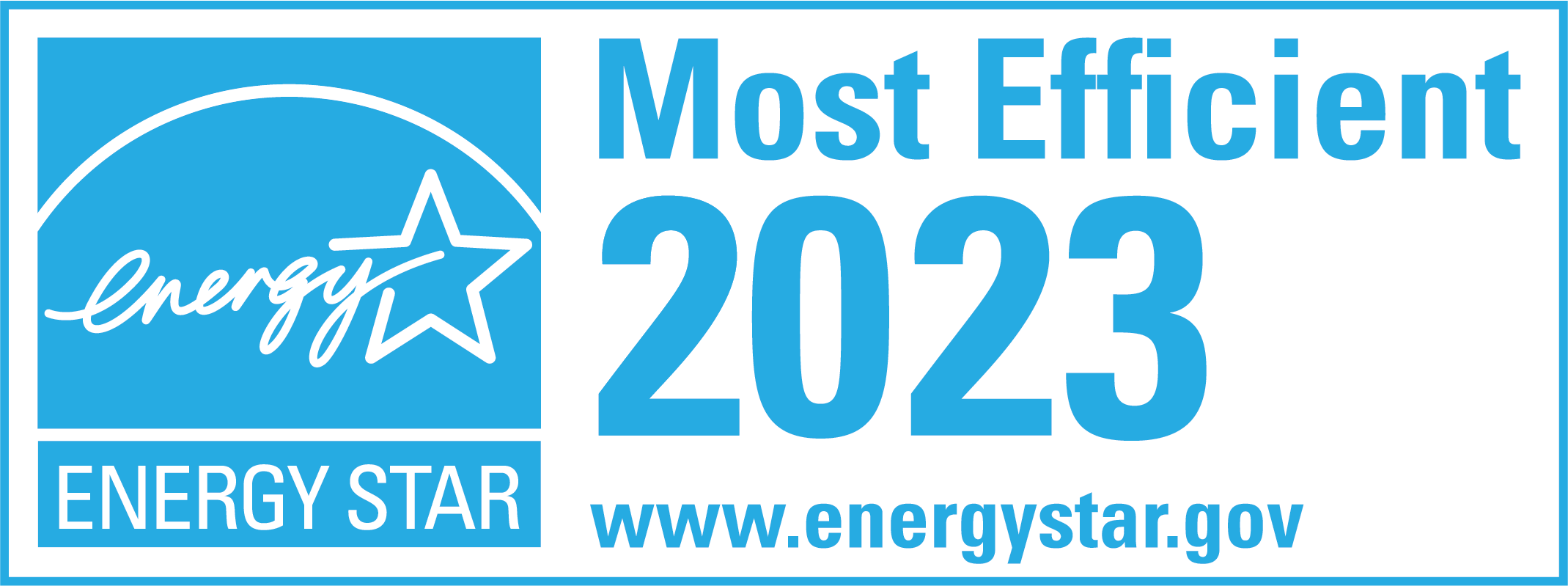Best Window Balance System for New Windows
Windows are an essential home feature, allowing natural light to flood and connect to the outside world. When it comes to choosing new windows, it’s vital to consider not only their appearance but also their functionality. One crucial component that often goes unnoticed but plays a significant role in a window’s performance is the window balance system. Our article covers the different types of window balance systems.
Understanding Window Balance Systems
Before we delve into the best window balance systems for new windows, it’s crucial to understand what they are and how they function. In simplest terms, a window balance system controls a window’s opening and closing. It acts as a hidden support mechanism, ensuring smooth operation and maintaining a window’s position at any height along its frame.
Window balance systems play a vital role in the overall functionality of windows. They provide the necessary counterbalance to offset the weight of the sash, which is the movable panel of the window. Windows may become difficult to operate without a reliable balance system, causing inconvenience and potential safety hazards.
The Role of Window Balance Systems
The primary function of a window balance system is to offset the weight of the sash and allow for effortless opening and closing. By distributing the weight evenly, these systems ensure that windows can be easily operated with minimal effort. This is particularly important for larger or heavier windows, where the weight can make opening or closing them manually challenging.
Window balance systems are designed to provide stability and control throughout a window’s entire range of motion. Whether you want to open the window partially for ventilation or fully for cleaning, a well-functioning balance system allows you to do so smoothly and securely.
Different Types of Window Balance Systems
There are several types of window balance systems available on the market today. Each offers unique benefits and is suited to different window configurations and sizes. Let’s explore the most common options:
- Spiral Balance System: This type of balance system utilizes a spiral rod that moves up and down to counterbalance the weight of the window. The spiral rod is typically made of steel or other durable materials, ensuring long-lasting performance. Spiral balance systems are known for their smooth operation and reliability, making them popular for many homeowners. They are particularly well-suited for single-hung or double-hung windows.
- Block and Tackle Balance System: As the name suggests, this system employs a series of pulleys and cords to support the window sash. The pulleys and cords distribute the weight evenly, allowing for easy window opening and closing. Block and tackle systems offer excellent weight distribution, making them suitable for larger and heavier windows. They are commonly used in single-hung or double-hung windows and some casement windows.
- Constant Force Balance System: This system utilizes a coiled spring mechanism to counterbalance the window sash. The coiled spring provides a constant force, regardless of the window’s position, ensuring smooth and effortless operation. Constant force balance systems are lauded for their exceptional durability and ease of operation. They are commonly found in single-hung or double-hung windows, where their reliable performance is highly valued.
When choosing a window balance system, it’s important to consider the specific needs of your windows. Factors such as window size, weight, and style will play a role in determining the most suitable balance system for your windows. Consulting with a professional window installer can help you select the right balance system for optimal performance and longevity.
Factors to Consider When Choosing a Window Balance System
Several important factors come into play when selecting a window balance system for your new windows. Let’s examine them in detail:
Window Size and Weight
One of the first considerations when choosing a window balance system is the size and weight of your windows. Different systems have weight limits, and it’s vital to select a balance system that can adequately support the specific dimensions of your windows to ensure smooth operation and longevity.
Material of the Window Frame
The window frame’s material should also be considered when choosing a balance system. Some systems work better with wood, vinyl, or aluminum frame materials. To optimize performance, aligning the balance system’s compatibility with your window frame material is essential.
Ease of Installation and Maintenance
Another factor to consider is the window balance system’s ease of installation and maintenance. Choose a system that aligns with your skill level and the tools you possess. Additionally, opt for a system that requires minimal maintenance to ensure your windows stay hassle-free for years.
Top Window Balance Systems for New Windows
Now that we understand the importance of window balance systems and the key factors to consider let’s explore some of the top options available:
Spiral Balance System
The spiral balance system is highly regarded for its smooth and reliable operation. Its spiral rod design can comfortably accommodate various window sizes and weights. Additionally, spiral balance systems are relatively easy to install and require minimal maintenance, making them an excellent choice for new windows.
Block and Tackle Balance System
A block and tackle balance system might be perfect if you have larger or heavier windows. With its pulley and cord mechanism, this system excels in distributing the weight of the sash, ensuring effortless operation. While installation might be slightly more involved, the long-term benefits make it worth considering.
Constant Force Balance System
For those seeking superior durability and ease of operation, a constant force balance system is hard to beat. These systems use coiled springs that provide consistent tension, assuring the window stays balanced. With their reliability and low maintenance requirements, constant force balance systems are ideal for many homeowners.
Pros and Cons of Different Window Balance Systems
Like any component, window balance systems have their advantages and disadvantages. Consider the following factors when weighing your options:
Comparing Durability and Lifespan
Spiral and constant force balance systems are known for their durability and extended lifespan. On the other hand, block and tackle balance systems may require more frequent maintenance due to the wear and tear of cords and pulleys. Consider the long-term reliability you desire when making your decision.
Assessing Cost-Effectiveness
Cost is another crucial aspect to consider. Spiral balance systems are typically more affordable, making them an attractive option for those on a budget. Block and tackle balance systems may have a higher upfront cost but can provide significant value for larger windows. Constant force balance systems often fall in the middle price range but offer exceptional longevity.
In conclusion, selecting the best window balance system for your new windows is crucial for their long-term functionality and your overall satisfaction. Consider window size, weight, frame material, and ease of installation before opting for the most suitable balance system. The spiral balance system, block and tackle balance system, and constant force balance system are all excellent choices, each with advantages. By making an informed decision and following the recommended installation tips, you can ensure your new windows operate smoothly and stand the test of time.
Call us at 214-399-9592 to discuss window pricing and availability. Our replacement window services are limited to North Texas cities, from Irving and Dallas to Frisco and Rockwall.






